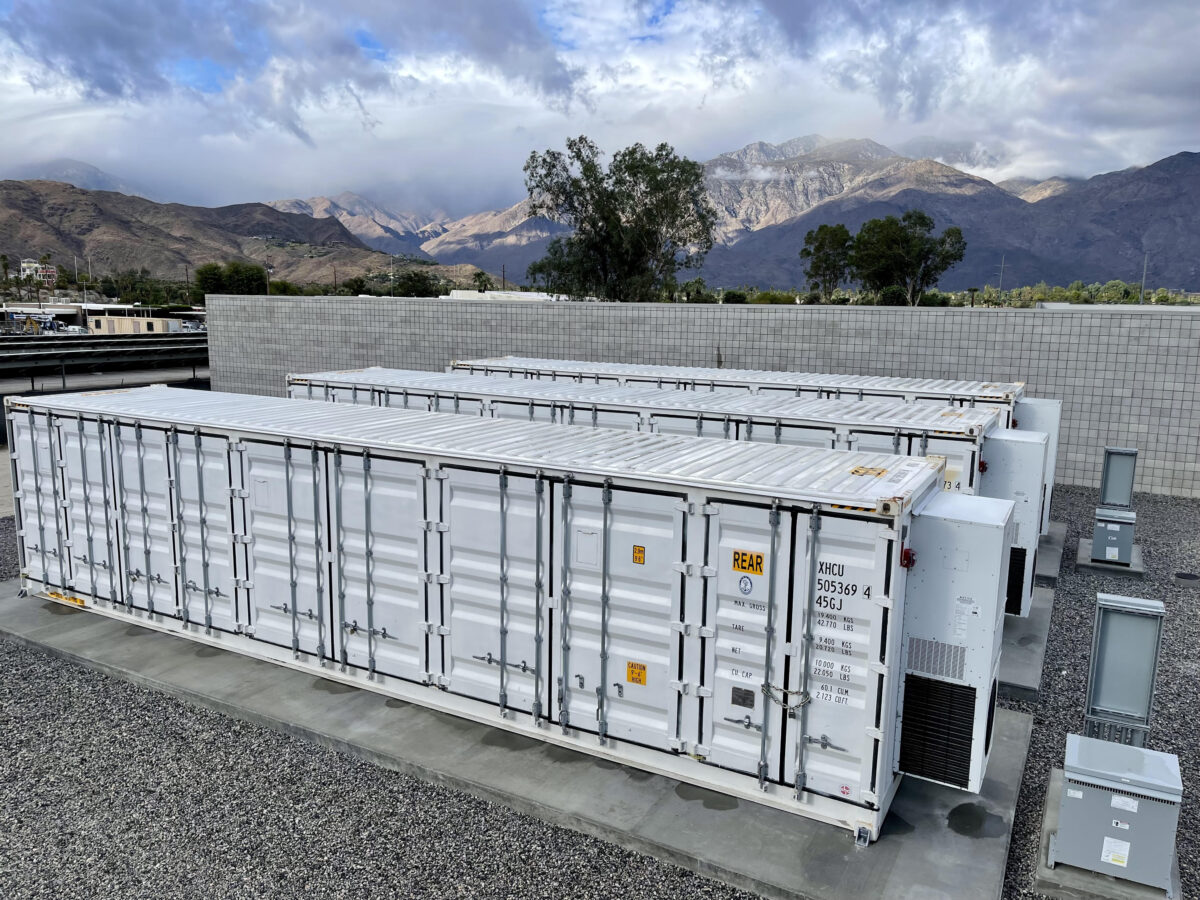The U.S. solar market continues to play the waiting game for guidance from the Internal Revenue Service (IRS) on the set of rules and regulations that surround the $369 billion in incentives in the Inflation Reduction Act. The Solar Energy Industries Association (SEIA) forecasts 200 GW of new solar resources to be deployed over the next five years thanks to IRA incentives fueling the energy transition.
One provision awaiting clarity to proceed is transferability, or the sale of tax credits. This week at the SEIA Finance, Tax and Buyers Seminar in New York, guidance surrounding transferability was the most anticipated topic of discussion for the near capacity conference audience.
“Everyone keeps telling me this month we’ll see clarity, but this is going on several months now,” said Taylor Mayeux, a director at Stonehenge Capital, a tax equity investor.
Ben Norris, Senior Director of Regulatory Affairs & Counsel at SEIA, said while the U.S. solar association eagerly awaits further guidance from the IRS about transferability, among a number of “wishlist” items from the IRA, for now the agency is working at light speed to disseminate and respond to 4,000 comments from public constituents on the many tax credits and other incentives packed into the sweeping 755-pages of legislation just six months since the legislation was signed by President Biden.
Seth Hanlon, Deputy Assistant Secretary for Tax and Climate Policy, U.S. Department of the Treasury, said the government entity is working with a myriad of agencies to codify and provide guidance on the historic climate legislation, which modifies 20 tax incentives from manufacturing to distributed energy generation.
“This is an all-hands-on-deck government-wide piece of legislation,” Hanlon told the SEIA finance audience, while the treasury department is working in unison with the IRS, Department of Energy (DOE), Department of Labor, Environmental Protection Agency and numerous other federal agencies to provide guidance in the coming months, though he declined to comment on specific timeframes to see guidance on various items such as transferability.
For now, the treasury official said that by May 31 he was hoping to see more guidance on Section 48C of the IRA, as well as 48D and 48E, which provide $10 billion of tax credits for advanced energy projects, and a new technology neutral credit for energy storage technologies placed into service after December 31, 2024. Under 48E, taxpayers will be able to claim a 30% bonus credit based on emission measurements, which requires zero or net-negative carbon emissions for project to enter operations also after December 31, 2024.
Working with the DOE, the Treasury has put out lots of “plain language” information circulars and conducted consumer-facing webinars for various industry stakeholders seeking to learn more about tax and financial incentives for adding clean energy projects as well as home energy efficiency upgrades and low-income housing community on-site power projects, Hanlon said, who said the government authority has conducted more than 200 such meetings thus far.
During a tax equity panel, several panelists noted that uncertainty surrounding federal guidance among the numerous tax incentives has caused a slowdown in the tax equity market. Project financing commitments initially on track for 2023 pushed out to 2024 in lieu of lack of clarity from IRA subsidies.
“2023 projects are sloping to 2024 at this point, with IRA adders creating upsized projects at the same time,” said Bryen Alperin, managing director at Foss & Company, a tax and structured finance investment firm, who said transferability guidance could help pencil in more 2024 projects at the very least.
Jennifer Wnek, a partner in Allen & Overy’s global projects, energy, natural resources and infrastructure group, agreed with Alperin, saying the solar finance market appears “stymied” right now based on uncertainty concerning IRS guidance for tax credit transferability, among other incentives.
After transferability, panelists appeared most interested in federal guidance surrounding the Energy Communities adder as well as prevailing wages and apprenticeship guidance, designed to create new jobs in the clean energy marketplace.
The IRA defines an energy community as a brownfield site or an area that has had significant employment related to fossil fuel resources historically. These energy communities increase the available tax credit by 10% if prevailing wage and apprenticeship requirements are met or 2% if those requirements are not met for projects over 1 MW.
Tanya Willacy, senior vice president and chief legal officer of esVolta, an energy storage developer and asset manager, said without federal guidance, the Generate Capital-backed company remains keen on brownfield projects as qualified under the energy communities adder.
This content is protected by copyright and may not be reused. If you want to cooperate with us and would like to reuse some of our content, please contact: editors@pv-magazine.com.









By submitting this form you agree to pv magazine using your data for the purposes of publishing your comment.
Your personal data will only be disclosed or otherwise transmitted to third parties for the purposes of spam filtering or if this is necessary for technical maintenance of the website. Any other transfer to third parties will not take place unless this is justified on the basis of applicable data protection regulations or if pv magazine is legally obliged to do so.
You may revoke this consent at any time with effect for the future, in which case your personal data will be deleted immediately. Otherwise, your data will be deleted if pv magazine has processed your request or the purpose of data storage is fulfilled.
Further information on data privacy can be found in our Data Protection Policy.